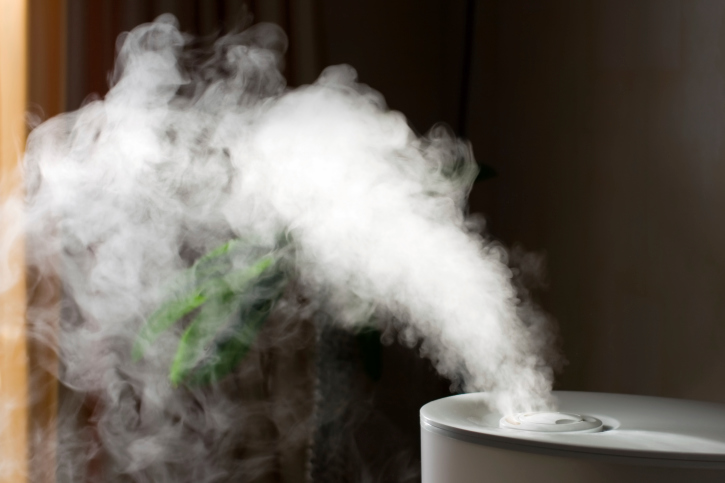With winter months upon us, a concern with many woodwind players is keeping their instrument properly maintained in dry weather. This is especially important for wood oboes, the instrument most prone to cracking in extreme conditions. Clarinets are less prone to cracking, and bassoons almost never do, and plastic instrument will never crack due to humidity, but they can still be negatively affected by extra dry weather. Potential symptoms of a dry instrument include binding or loose keys, dry pads that don't seal well, loose fitting joints and bell rings or body bands, and a general feeling that the instrument just isn't as resonant as it usually is. We suggest proper humidification of even plastic instruments in dry months.
NEVER PUT A DAMPIT INSIDE THE BORE OF A WOODWIND INSTRUMENT!
The first thing to remember is that even though your instrument may be "dry," it's still very important to swab your instrument after every playing session. Leaving your instrument unswabbed will not provide the proper humidification and can cause other problems as well.
Ideally you should keep your instrument in a climate controlled room, one where you have a humidifier maintaining the moisture in the air, in addition to your furnace keeping the temperature warm. Definitely avoid storing your instrument near any direct heat source such as a radiator or forced air vent. Keeping your home humidified is ideal, but if that is not possible a small humidifier inside the case is a close second.
The Humistat is a great way to maintain a minimum level of humidity safely in small instrument cases, appropriate for oboes, clarinets, and English horns. For larger cases, or for situation where more humidification is needed, you can use the popular Dampit humidifiers. For the most part the sizes are interchangeable within any instrument case. A single Dampit, kept moistened daily, should provide any instrument case with sufficient moisture. For best results, lay the Dampit alongside one of the joints of your instrument.
NEVER PUT A DAMPIT INSIDE THE BORE OF A WOODWIND INSTRUMENT!
This is very important. Contrary to the direction on the packaging, putting a Dampit inside the bore of a clarinet or oboe will cause the inside of the wood to swell with moisture considerably faster than the outside of the wood, creating a strong potential for cracking. Putting the Dampit alongside the body inside the case will let the entire case humidity level rise evenly, reducing the chance of any cracking. Likewise, any instrument with a plastic liner will not benefit at all from humidification from the inside anyway. The directions on the packaging are appropriate for string instruments, where the large interior cavity of the instrument can disperse the moisture evenly.
As a courtesy to our customers, we will put a small, disposable, humidifier pack in the case of any wood instrument that comes to our repair shop in the dry months.

